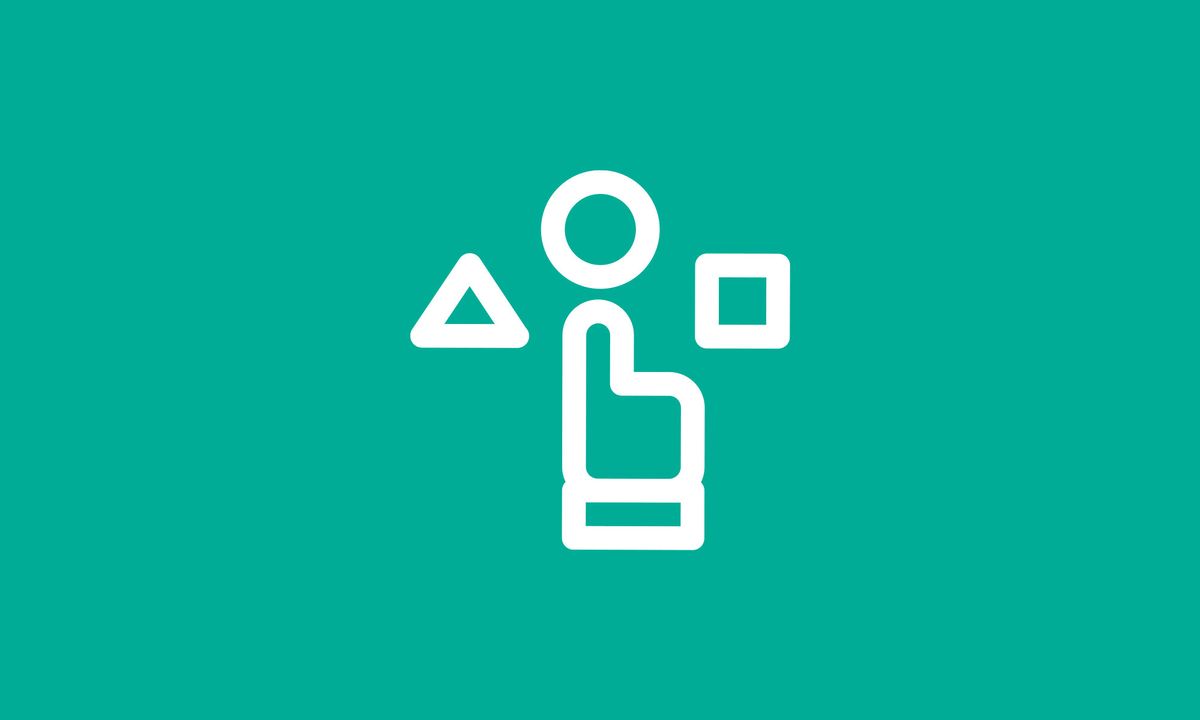With eCommerce retail on the rise, more brands are benefiting from a digital marketing strategy. Digital marketing is an effective tool for new websites because it allows businesses to connect with their audience on multiple levels and with greater frequency. This builds brand awareness and drives traffic to your website. In this article, we’ll explore various digital marketing channels, the pros and cons of each, and the multi-channel approach that makes the most sense for your site.
Digital Marketing Channel Examples
Digital marketing uses offline and online channels to promote products and services. Digital marketing channel examples include:
● Offline: print ads, television, and billboard ads
● Online: search engines, websites, and social media
A vast number of people shop online with eCommerce retailers, and 93% of today’s consumers begin their journey with a search engine. Because digital marketing spans across so many outlets, it can help brands reach a wider audience, improve SEO rankings with digital content, and provide more metrics to help companies gain a better understanding of their followers.
Most businesses use several channels to create a successful digital marketing campaign. To know the best approach for your audience, you must first have a clear understanding of who it is you’re trying to reach. Knowing audience needs, behaviours, and pain points can help you create a marketing campaign that delivers the right message to the right people on the right platform. Identifying your audience and understanding how they relate to the different channels available through digital marketing is critical in developing an effective digital marketing strategy that yields results.
3 Most-Used Digital Marketing Channels
If you’re ready to grow your audience and promote your business but don’t quite know where to begin, this marketing channels list may help shed some light on various digital marketing platforms. Here are three of the most frequently used digital marketing channels to benefit a new website.
1. Content Marketing
Provide valuable content that resonates with your audience. As a result, you build trust, customer loyalty and keep people coming back for more. Content marketing consists of:
● Videos: Videos are engaging, eye-catching, and help tell a compelling story. For this reason, 69% of people prefer to learn about a product through video rather than text.
● Blogs: Blog articles are a great way to deliver value to your audience. They can establish your reputation as an authority in your field, help readers feel more connected to your brand, and boost SEO rankings.
● Podcasts: Podcasts give a voice to your brand and enable you to connect with your audience on a more personal level. This can help earn their trust, which can result in more conversions.
The pros of content marketing include:
● Elicit an emotional response: You can attract an audience and build customer loyalty.
● Increase visibility: When you provide quality content that people value, they’re more likely to share it with their own contacts and expand your reach.
● Establish your reputation: People look to you as a thought leader when you consistently publish expert information.
The cons of content marketing include:
● Takes time and effort: Developing quality content takes research, strategy, and time to develop material that people will find worthwhile.
● Costs money: You may need to hire content creators, curators, and directors to produce quality material. Online marketers, social media managers, and sales reps can ensure your content reaches the right people.
● Convincing senior executives: Many people want to stick with the traditional marketing channels they’ve been using to grow email lists. Convincing them to switch to content marketing can be a challenge.
Suppose you have the time and workforce to research and create quality content that compels people to act. In that case, content marketing can be a highly effective channel for successful digital marketing campaigns.
2. Search Engine Optimisation (SEO)
When you optimise your website for SEO, you’re ensuring that search engines believe your website provides value to its users. As a result, they’ll rank you higher in search results so that people can more easily find the solutions you provide to their problems. SEO is achieved in several ways:
● Organic search: Without paying for placement, your website appears at the top of search engine results. This is important because less than 1% of Google users will click on the second page of results.
● Mobile search: Today, half of website traffic comes from mobile devices. It’s vital that you capture these users by optimising your site for mobile-friendliness.
● Local SEO: 58% of people use voice search to find places that are located near them at the time of their search. This tells us users are looking for local solutions and are ready to purchase when they begin their search.
The pros to using SEO as a digital channel include:
● Drives quality traffic: People who find your brand are already actively looking for the products you offer.
● Boosts ROI: Leads that come from search engines have a close rate of 14.6%. When your site appears at the top of search engine rankings, you get higher traffic volume, more revenue, and better ROI.
● Increases credibility: When your site is rewarded with high rankings, your audience trusts that you provide quality content that delivers value. This establishes credibility among your following and earns customer loyalty.
The cons of using SEO include:
● Slow results: It takes time to gather tangible metrics to determine whether your efforts are successful.
● Success isn’t guaranteed: Even if you optimise your website, there’s no guarantee that you’ll appear on the first page of Google results.
● Changing algorithms could lead to penalties: Google’s algorithms can be see as a bit of a mystery. They could change their requirements overnight, causing you to lose your SEO advantage.
SEO is the main driver for website traffic, but it isn’t a perfect system. By understanding its benefits and disadvantages, you can better determine how much emphasis to put on this marketing channel.
3. Social Media
With 4.48 billion people using social media, this is an excellent potential revenue source. Not only does social media reach a huge population. It’s a highly targetable marketing option so that you can deliver relevant messaging to the right people at the right time. The top social media platforms include:
● Facebook: People of all demographics use Facebook to share personal and professional information. Through comments and chat forums, Facebook enables people to connect personally with like-minded people.
● Pinterest: Originally a source for DIY ideas, Pinterest is now used by 25% of B2B businesses to market their brand.
● LinkedIn: This social network is geared toward professionals who want to share industry information with and grow their expert contacts.
● Twitter: 166 million people use Twitter every day. Through retweets, your company’s information can be shared easily by readers to increase visibility and build brand awareness.
The advantages to using social media are:
● Attract a following: Social content is easily shared for expanded reach. Readers can leave feedback and engage with other members of your audience to build community and customer loyalty.
● Low cost: Social media accounts are free, and it costs nothing to simply publish a post. If you want to boost an ad, you can set specific parameters to ensure your campaign meets your budgetary restrictions.
● Provide exemplary customer service: You can keep an eye on what people are saying about your brand by monitoring comments and chat rooms. You can address negative feedback and respond quickly to any questions that might arise on these platforms.
Social media’s disadvantages include:
● Requires qualified staff: Whoever manages your social media accounts must be qualified to serve as the voice of your brand.
● Negative feedback is public: Whether you receive a negative review, get comments from a disgruntled customer, or encounter trolls, everything posted can be viewed by the public. You’ll need to develop a plan for handling such situations, as your response is just as publicised as the comments that initiated it.
● Privacy issues: Businesses often use social media as a way to research their competitors. If your staff isn’t careful about what information they post on social media, private company information could be seen by the wrong people.
Social media marketing is a great way to connect with a large target audience and deliver quality information that establishes your authority in the industry.
How to Choose the Right Digital Marketing Channel
Companies should consider a digital marketing campaign that uses several channels for the best results. A well-rounded campaign is more likely to reach a broader scope of people while delivering valuable content that resonates.
Use customer data to determine the best way to reach your audience. Does your ideal target audience get their news from the television? Do they drive to work and pass billboards on their route? Are they searching for products on social media? All of this information can shape your marketing strategy and help you develop an omnichannel campaign that delivers the most helpful information to the right people at the right time.
Summary
Digital marketing is a great way to reach a wide range of people while building brand awareness and boosting visibility. While there are numerous digital marketing channels available to today’s marketers, there isn’t one sole option that yields the best results. Instead, brands should take an omnichannel approach to provide a well-rounded campaign that reaches more people in more ways. This broadens reach, drives traffic, and generates more revenue for continued success.






